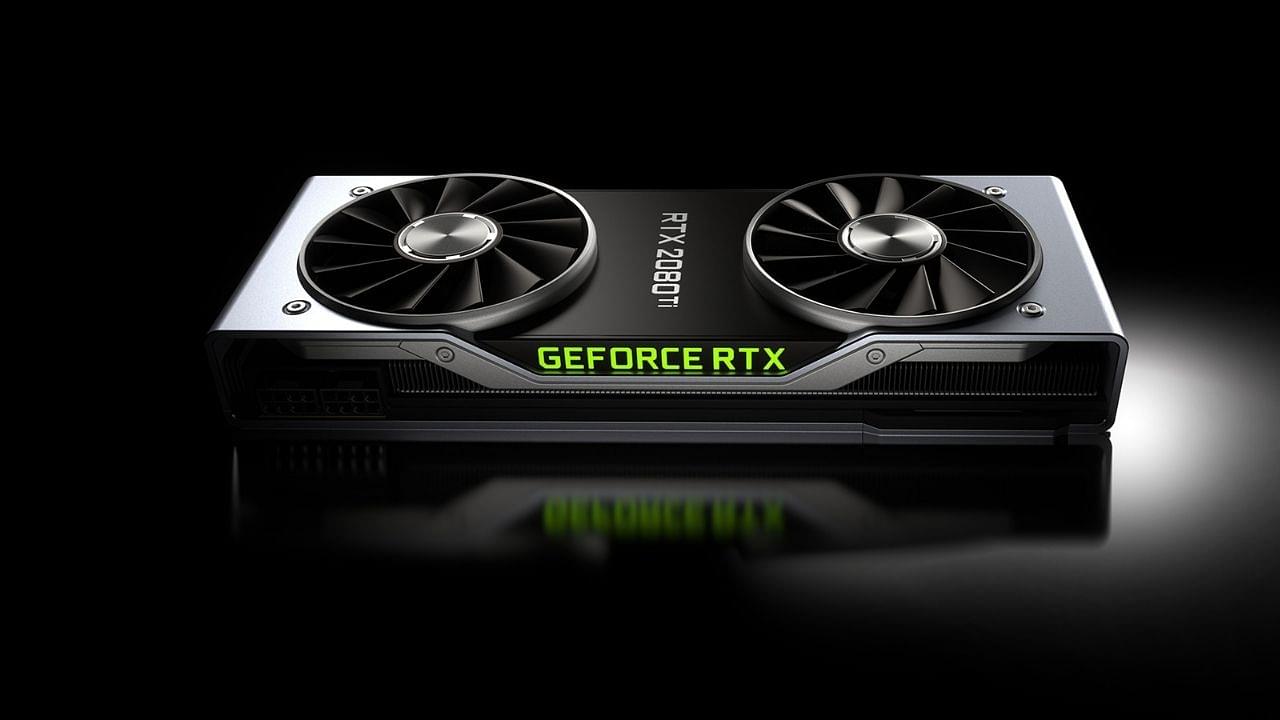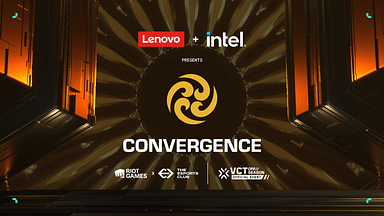Nvidia RTX 30 Series: After so many days of teasing Nvidia finally unveiled their surprise with the announcement of Nvidia 30 Series Graphics cards to boost maximum performance.
The Nvidia 30 series graphics cards are the talk of the land ever since they were announced on an event held on Youtube on 1st September 2020. Fans were blown away by the performance of the cards as the superior price to performance ratio reached an unexpected high. So far, this is what we know about the performance and specs of the 30 series GPUs.
Performance and Spec List
- The new RTX GPUs have been given 2nd Gen Ray Tracing cores with twice the amount of throughput as compared to the 1st Generation RTX GPUs.
- Nvidia is also boasting of real-time ray tracing featuring on very well known titles as of now. This would help in rendering games with unreal quality. This is mainly because of the new Ampere architecture of the 30 series cards that can boast much better power delivery by the GPU as compared to last gen’s Turing architecture.
- The new cards also have a max power output limit of 92 watts as compared to last gen’s 88 watts. Various aesthetic changes have also been made to the cards to concentrate on better airflow and cooling capacity.
Insane Performance Jump compared to 1st Gen RTX GPUs
The highlight of the presentation was the incredible jump in Performance you would see from the 1st to the 2nd generation GPUs. The cheapest 30 series GPU called the RTX 3070 is said to have processing power slightly more than the 1st gen RTX 2080 Ti GPU at less than half the price.
⚠️ATTENTION: GeForce RTX 3080 Unboxing Alert⚠️ pic.twitter.com/sGkJqJh7cQ
— NVIDIA GeForce (@NVIDIAGeForce) September 11, 2020
Some video footage released by Nvidia of the game DOOM Eternal running on the 3080 showed that 4K 100+ FPS was easily achievable on the graphics card. The RTX 3090 is said to have almost twice the processing power of an RTX 2080 Ti. The RTX 3090 can support 8K gaming as well with the help of an HDMI 2.1.
Further information is also available on the Nvidia website.




